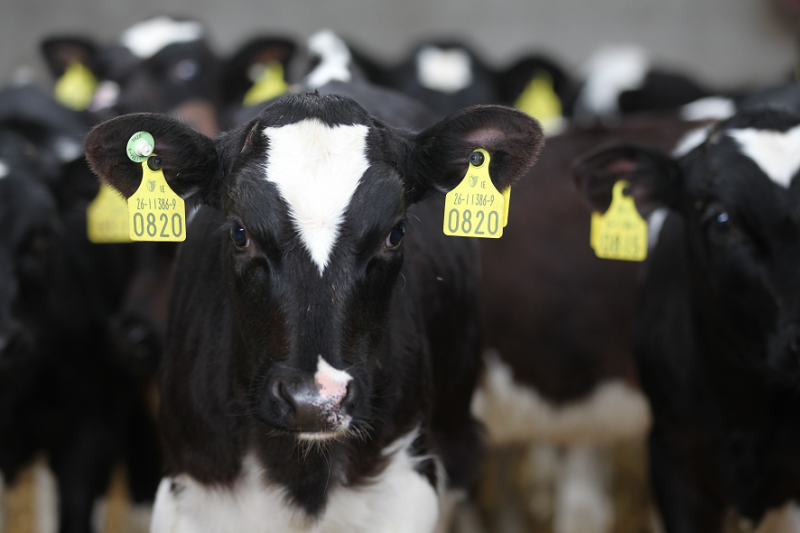 attle exports of 13,123 head were recorded for the week ending 15th of March, according to the Department of Agriculture’s AIM system. This represented the highest weekly figure for exports since the spring of 2010. Total shipments in that year reached almost 340,000 head.
attle exports of 13,123 head were recorded for the week ending 15th of March, according to the Department of Agriculture’s AIM system. This represented the highest weekly figure for exports since the spring of 2010. Total shipments in that year reached almost 340,000 head. Exports from Ireland up to mid-March this year totalled just over 55,000 head, which represents an 11.5% increase on the equivalent period in 2013. Almost 60% of the animals exported to-date have been calves, which is in line with strong seasonal supplies and somewhat slower domestic demand for these animals.
The principal destinations for Irish calves have been the Netherlands, Belgium and Spain. Exports to the Netherlands are running 24% ahead of last year’s levels, although this is partly offset by a 5% decline for Belgium. Demand from both of these markets mainly relates to lighter Holstein Friesian bull calves between 2 and 5 weeks of age. For Spain, there tends to be a preference for stronger calves (>55kg), which are reared for bull beef production, rather than veal. This year, Irish farmers are being best rewarded for these heavier calves, even after the cost of the additional milk replacer is taken into account.
Other categories of stock have also gotten off to a strong start with regard to exports. The number of cattle moved to Northern Ireland increased by 17.5% to 8,557 head, in spite of reduced demand for Irish-born cattle by UK beef processors. Similarly, exports to Great Britain have risen by 40% to 2,168 head, although many of these were dairy stock as opposed to beef cattle. The number of animals exported to Italy has recovered by 26%, to 4,678 head. There have also been several exports to North Africa, including 2,373 cattle to Libya, 390 to Tunisia and 62 to Morocco.





